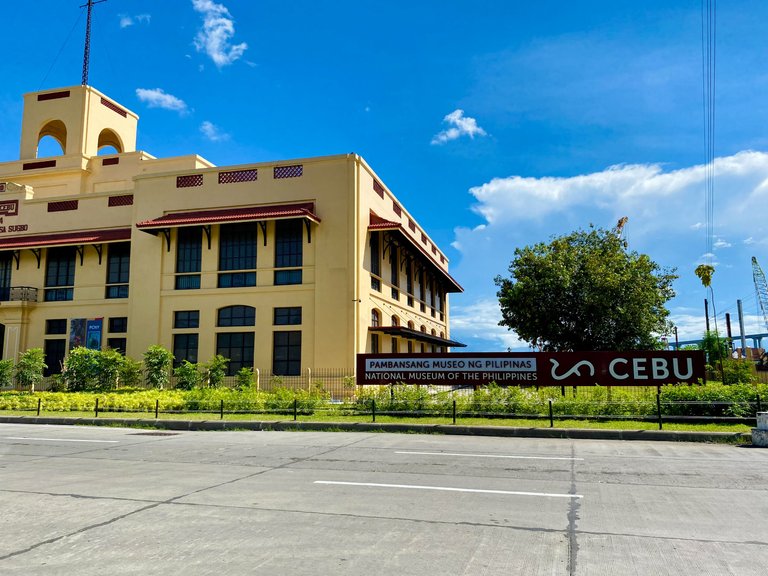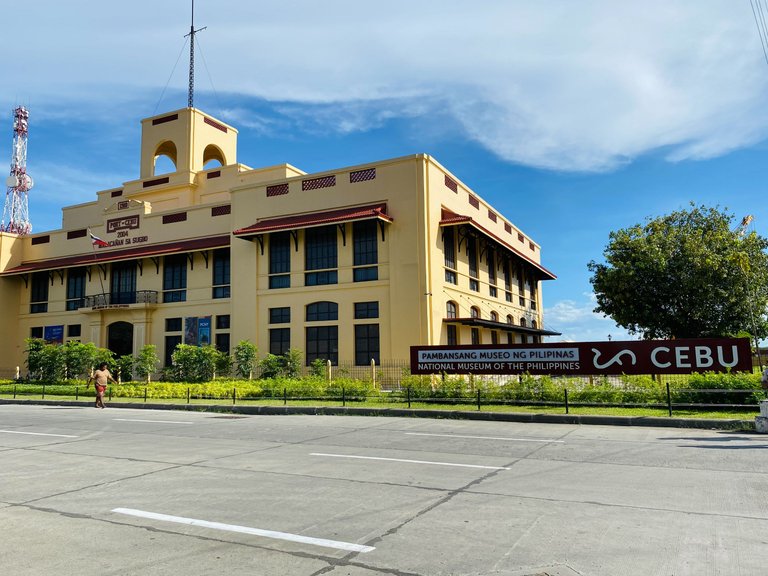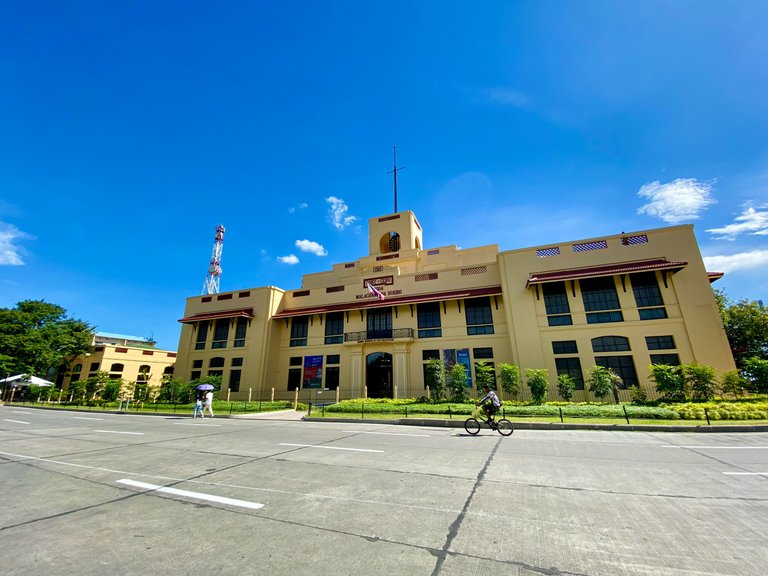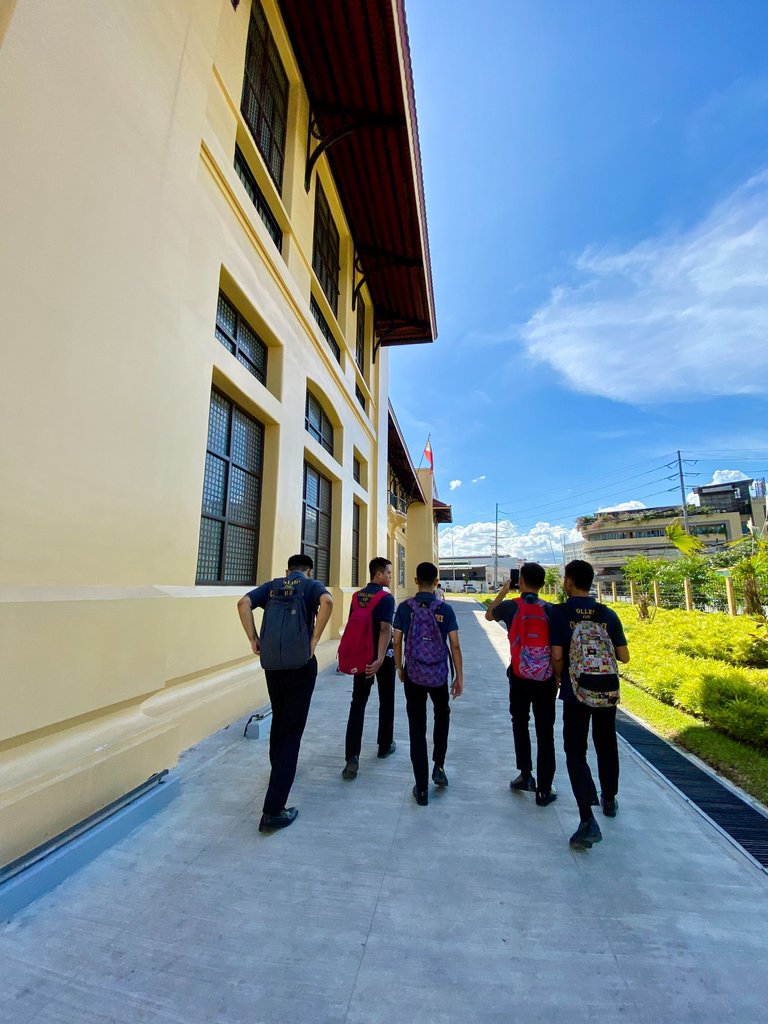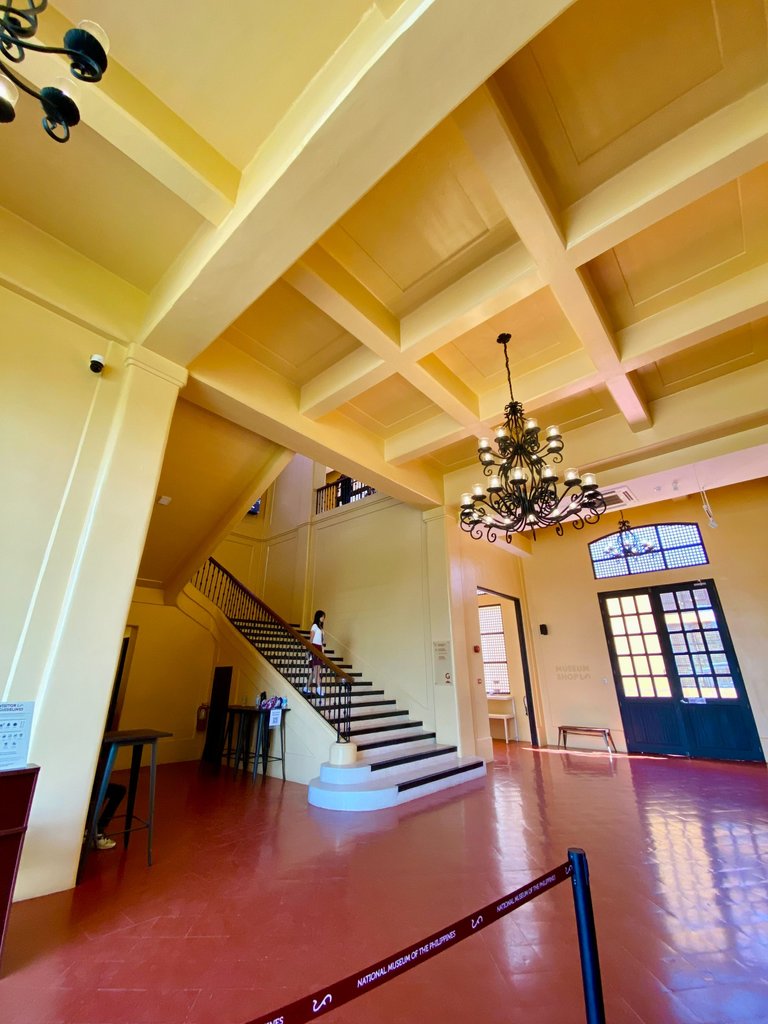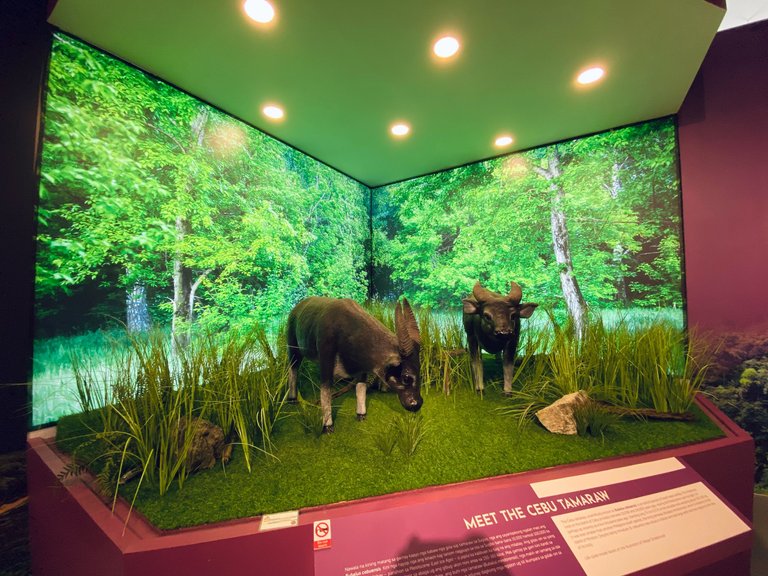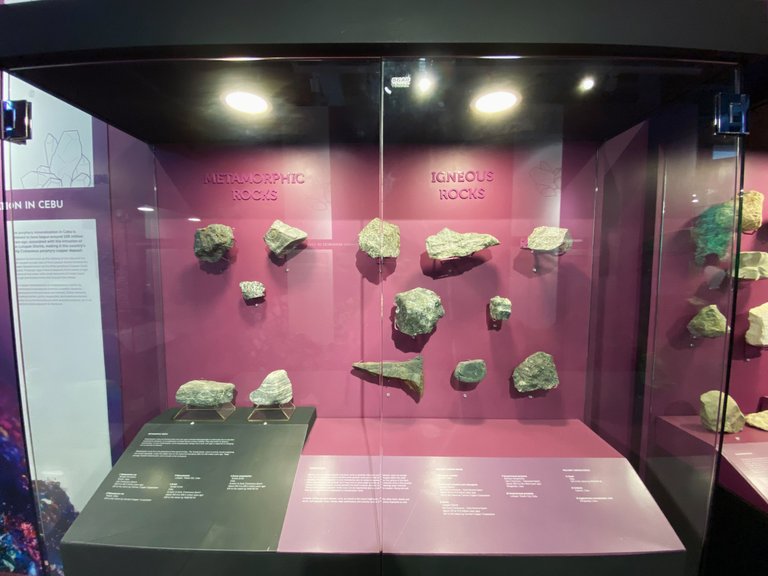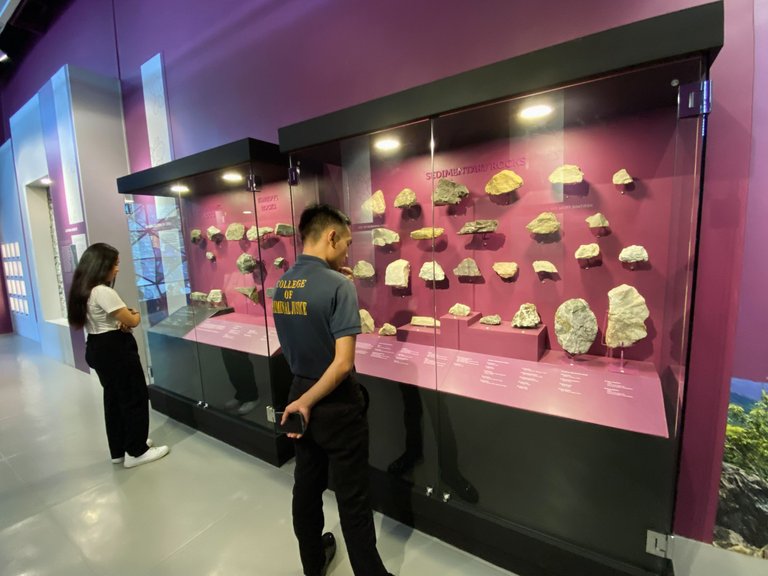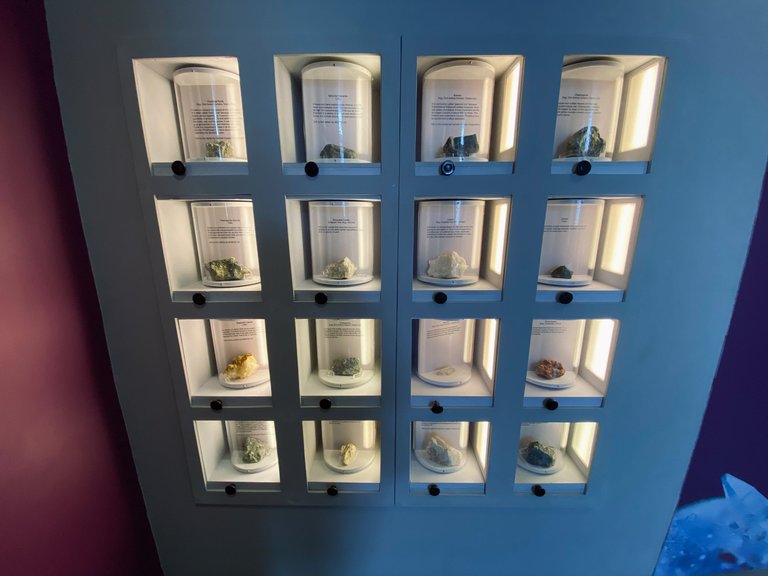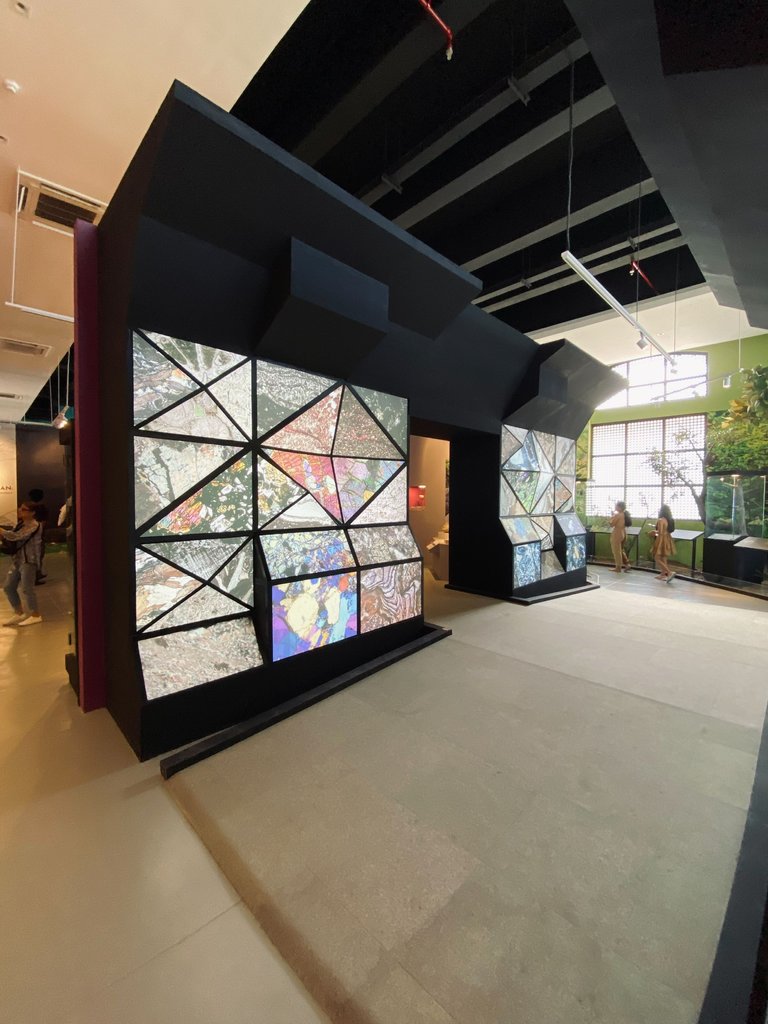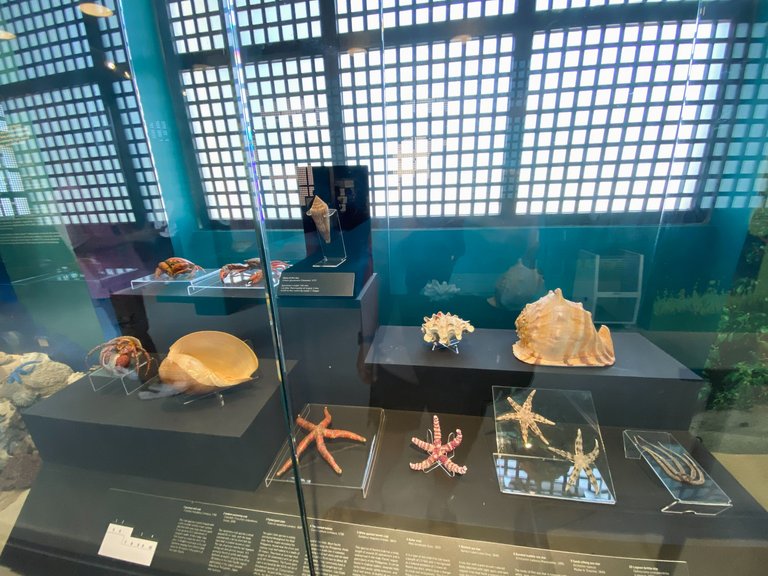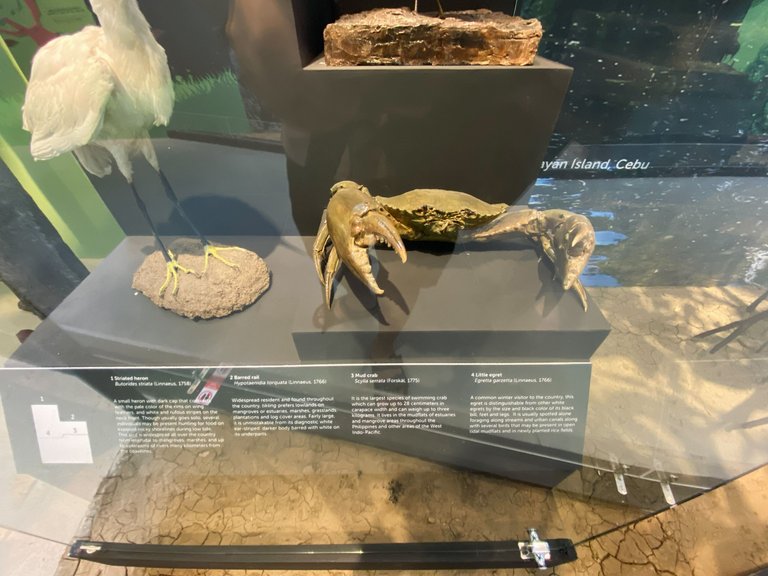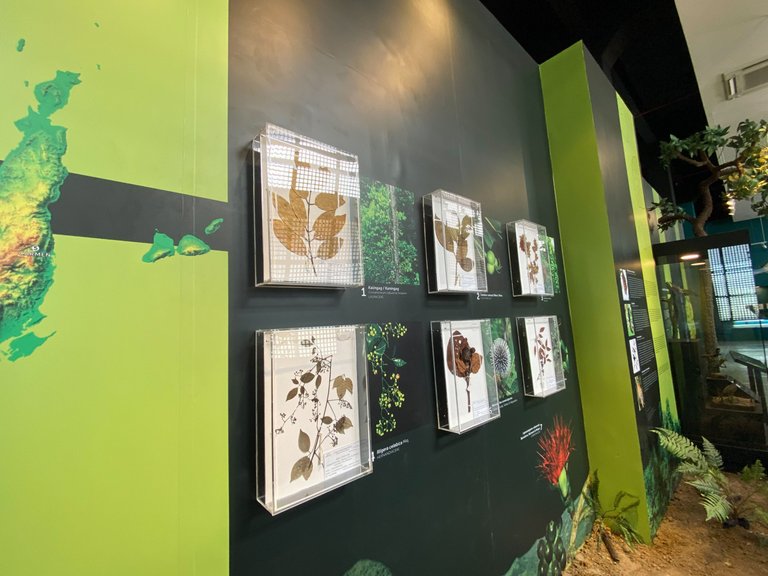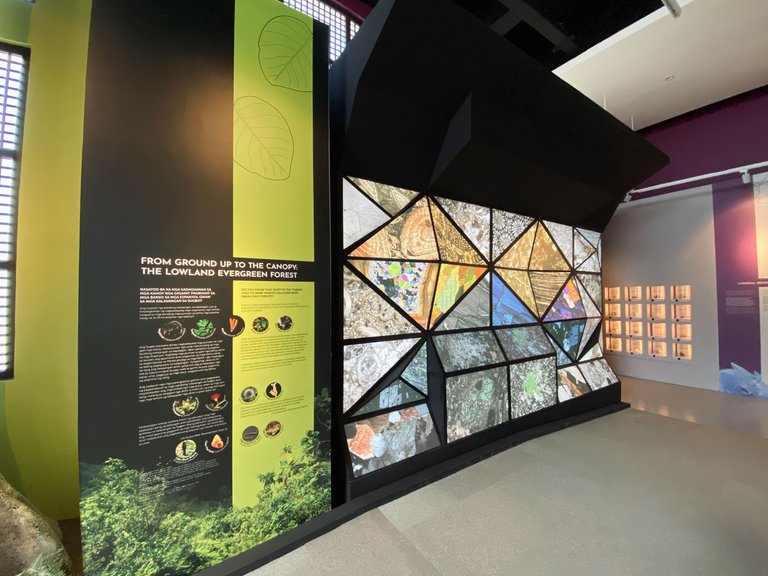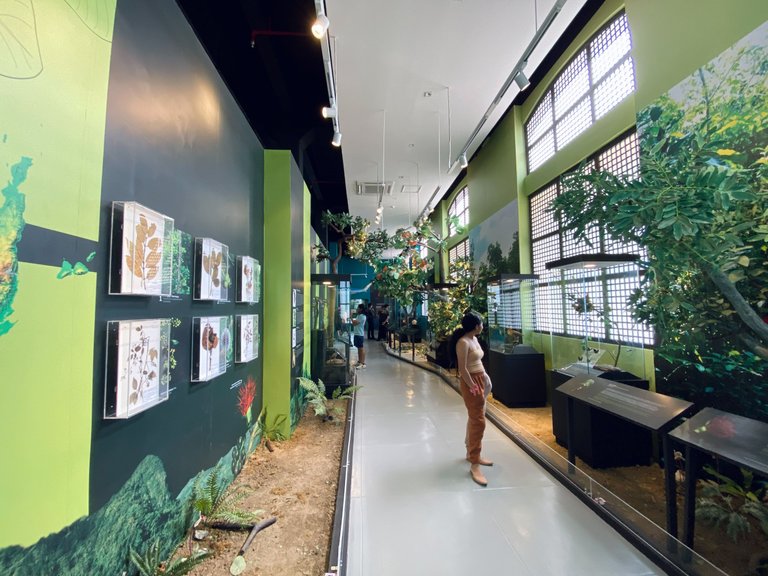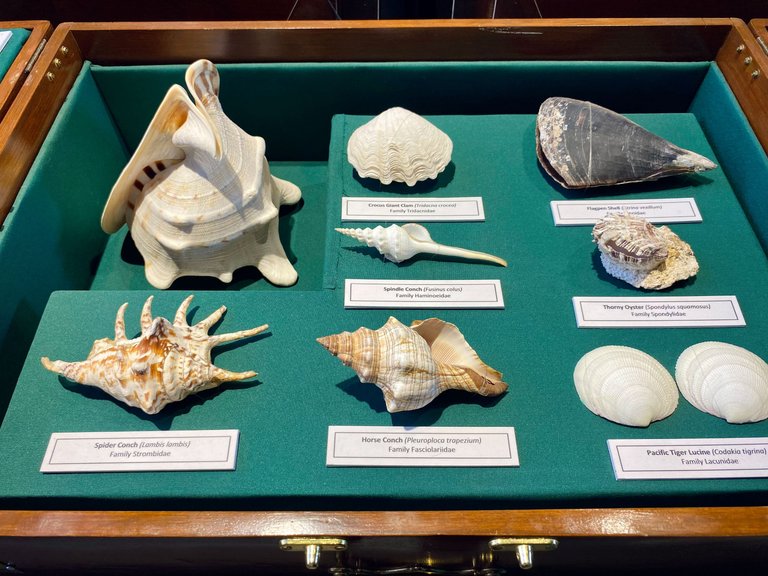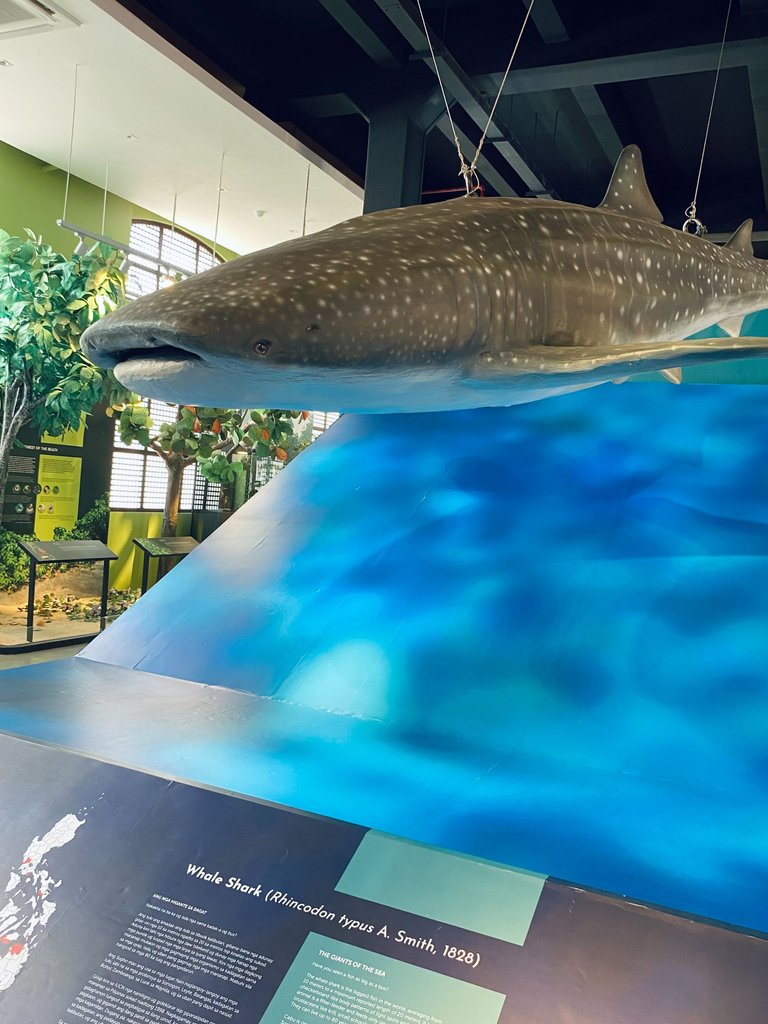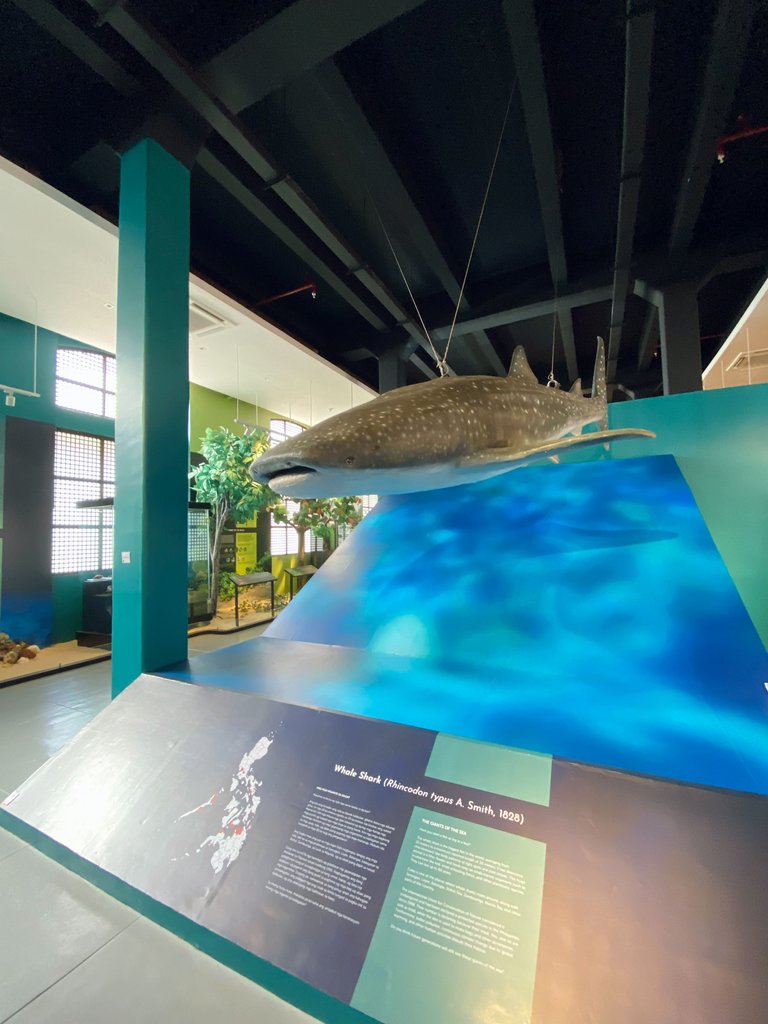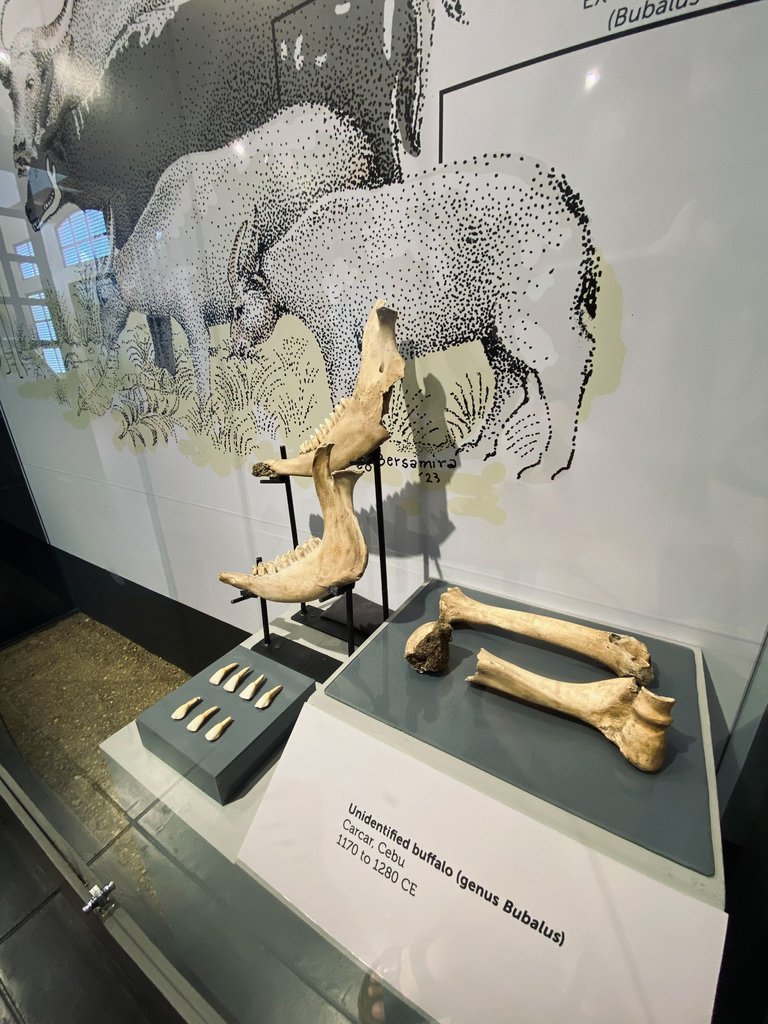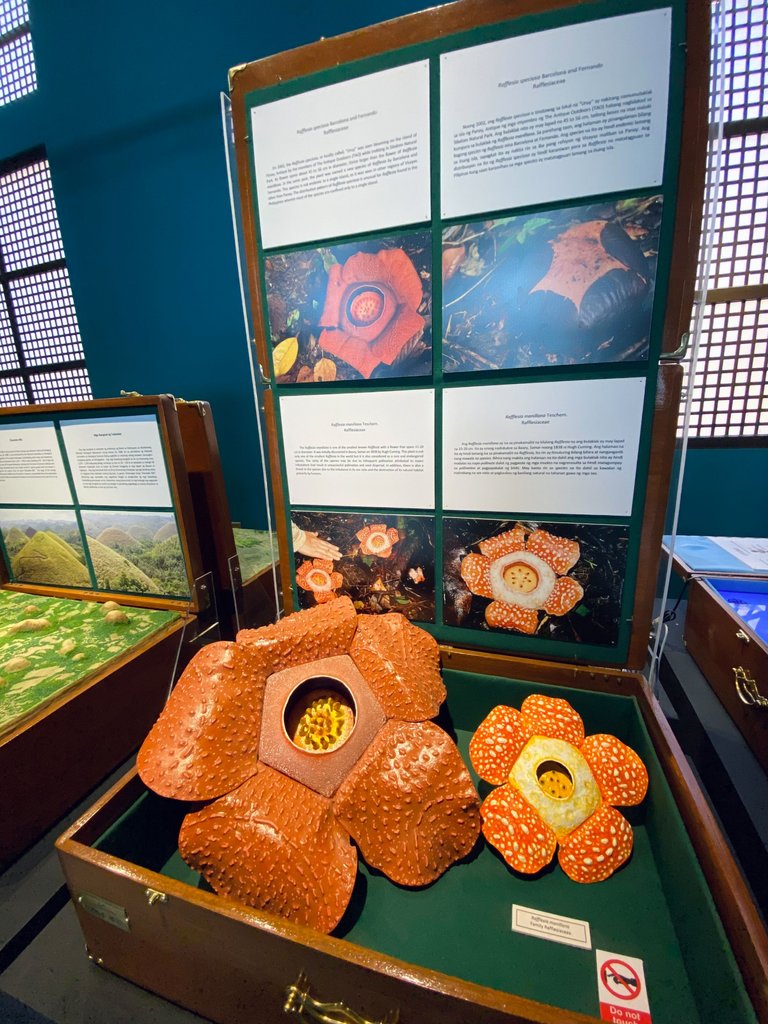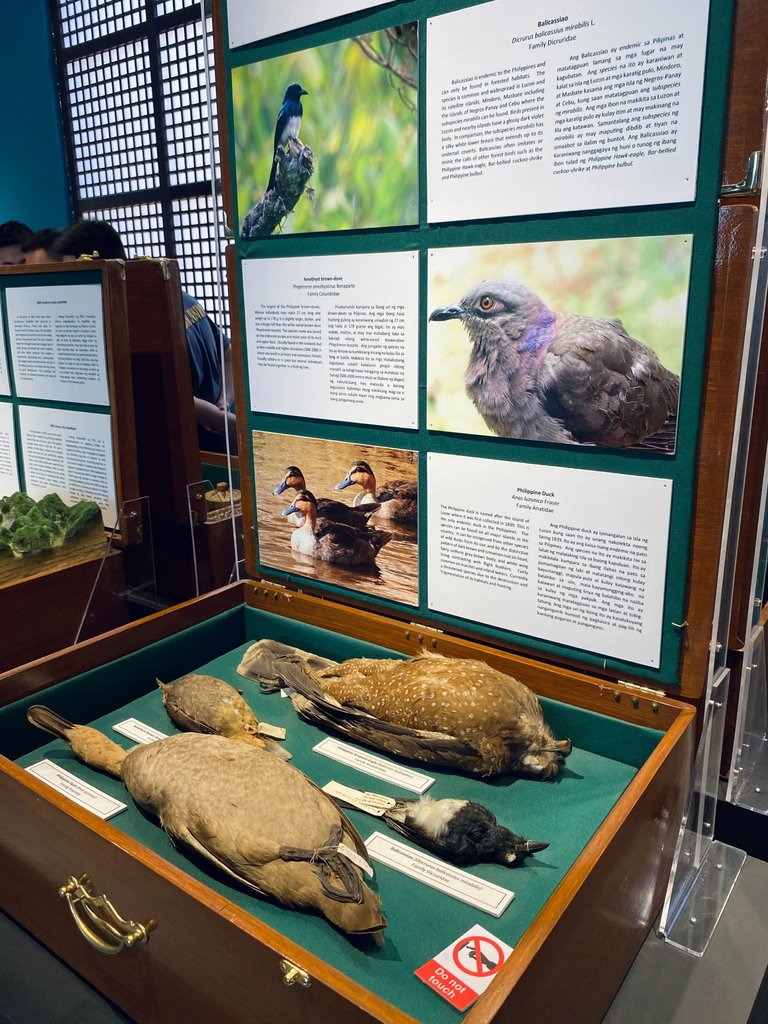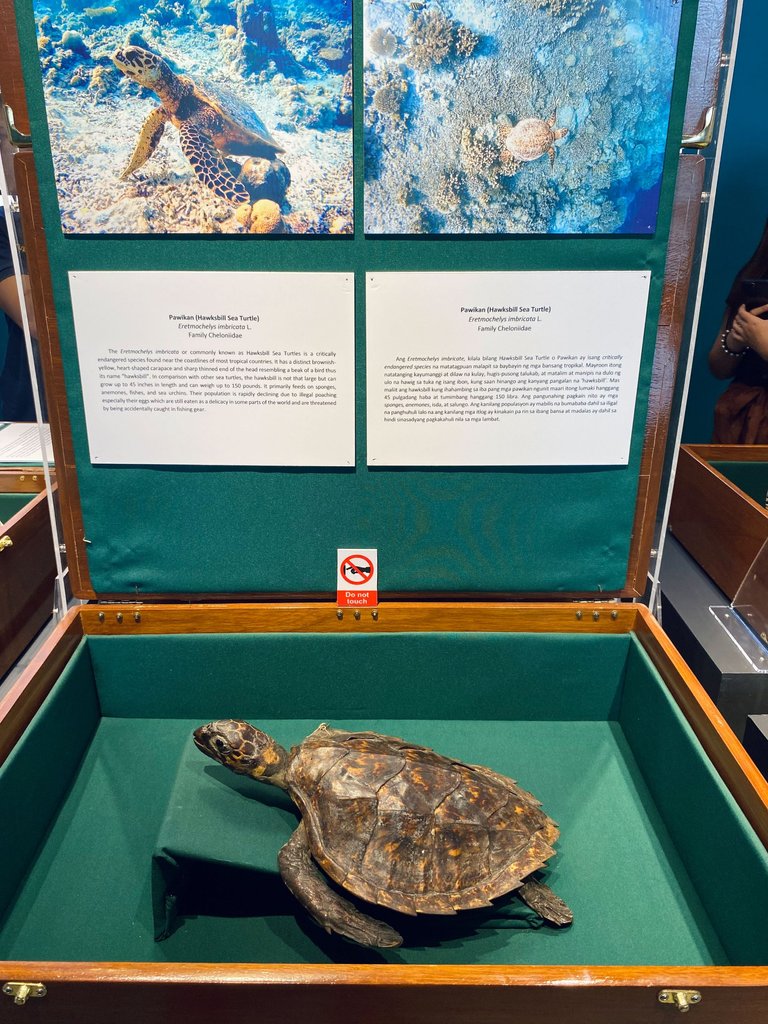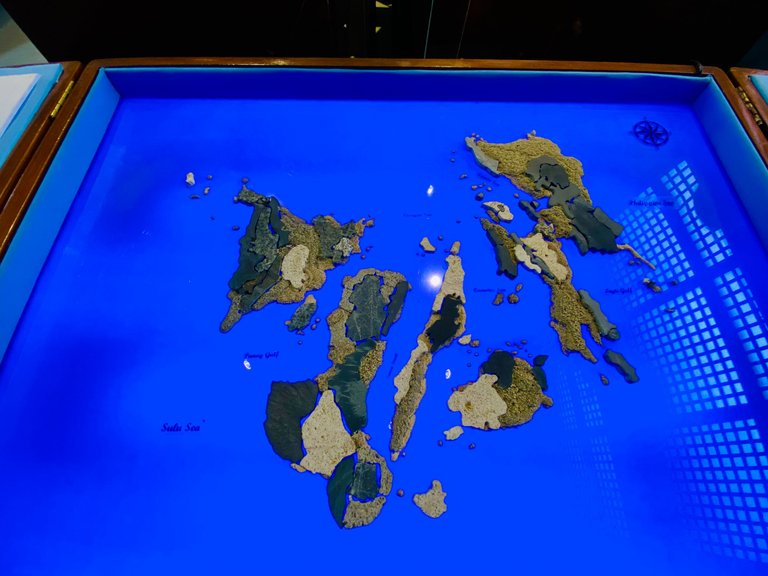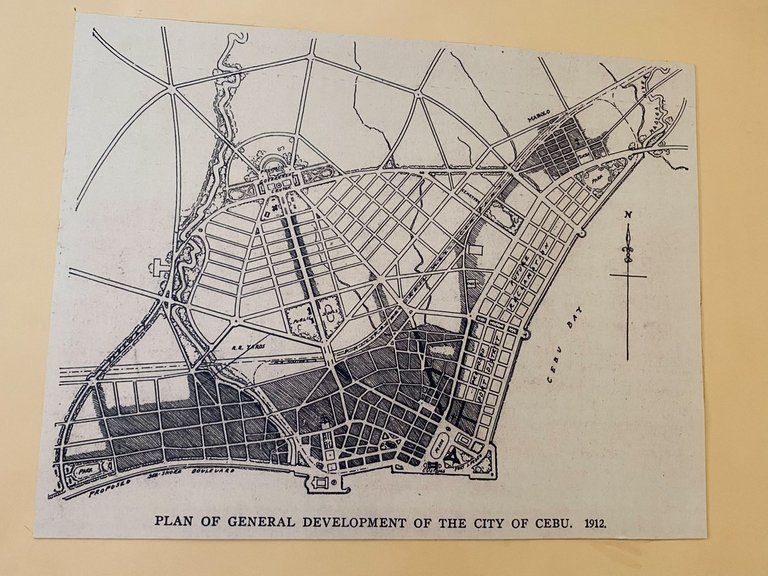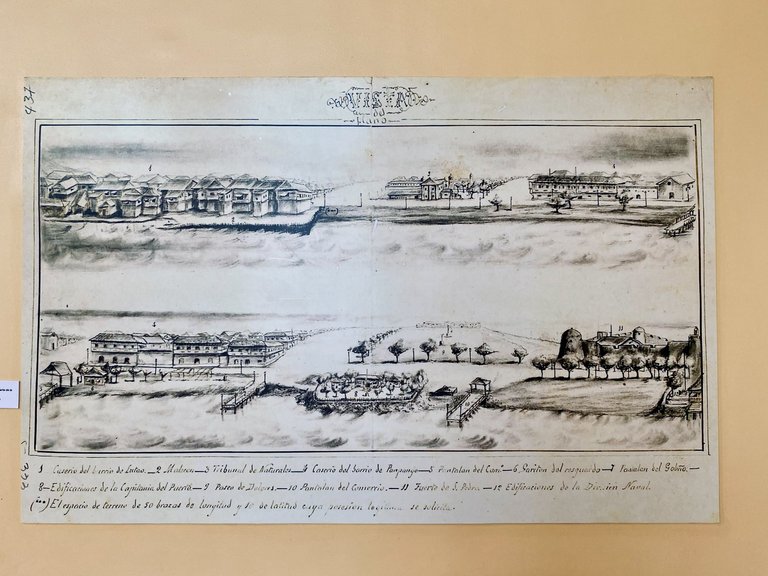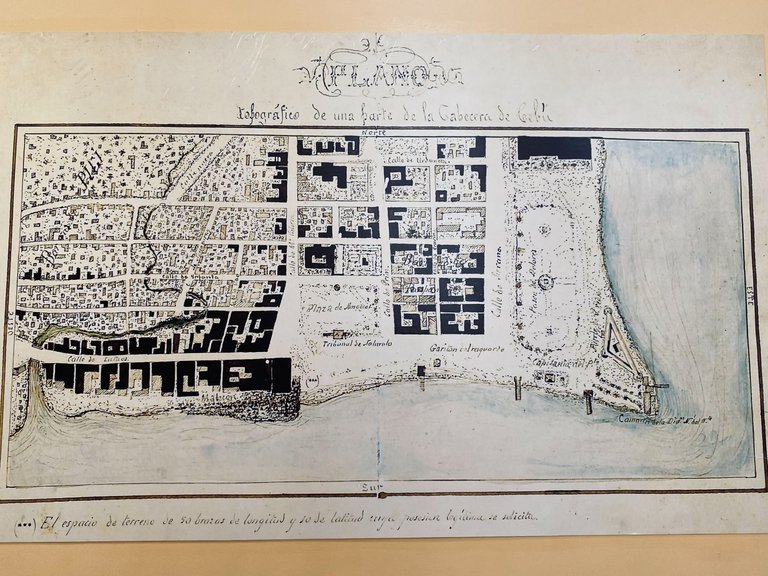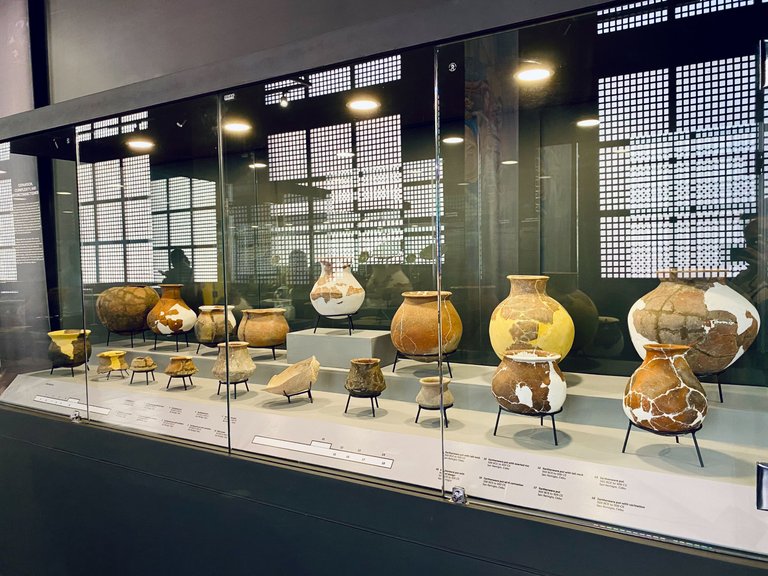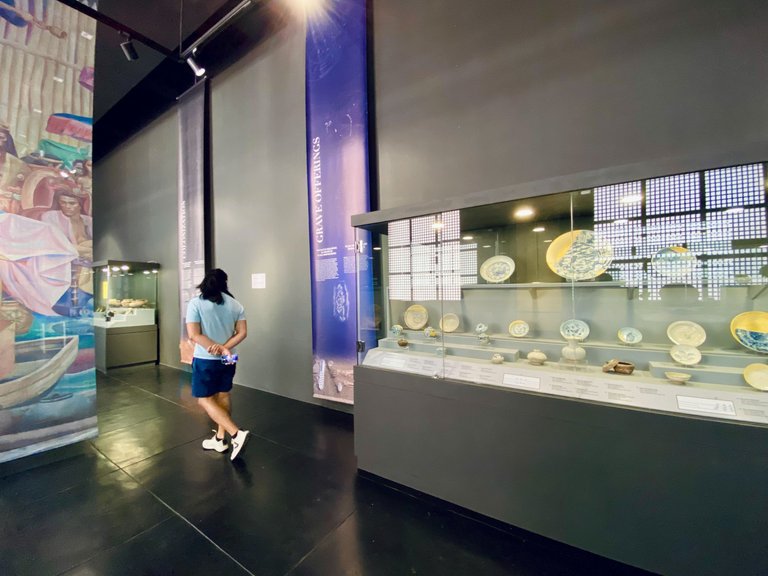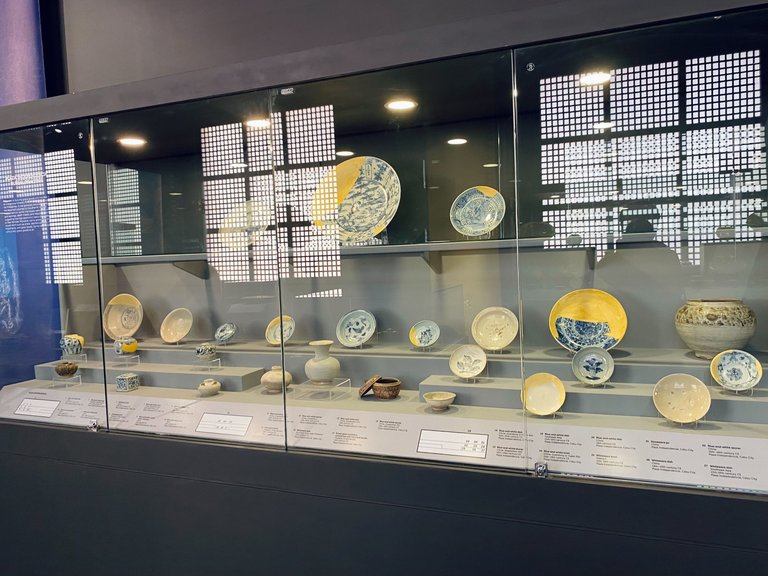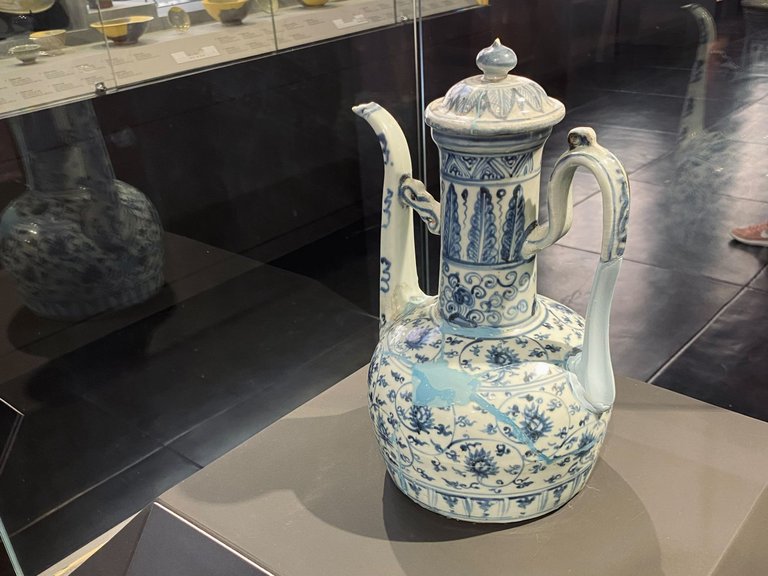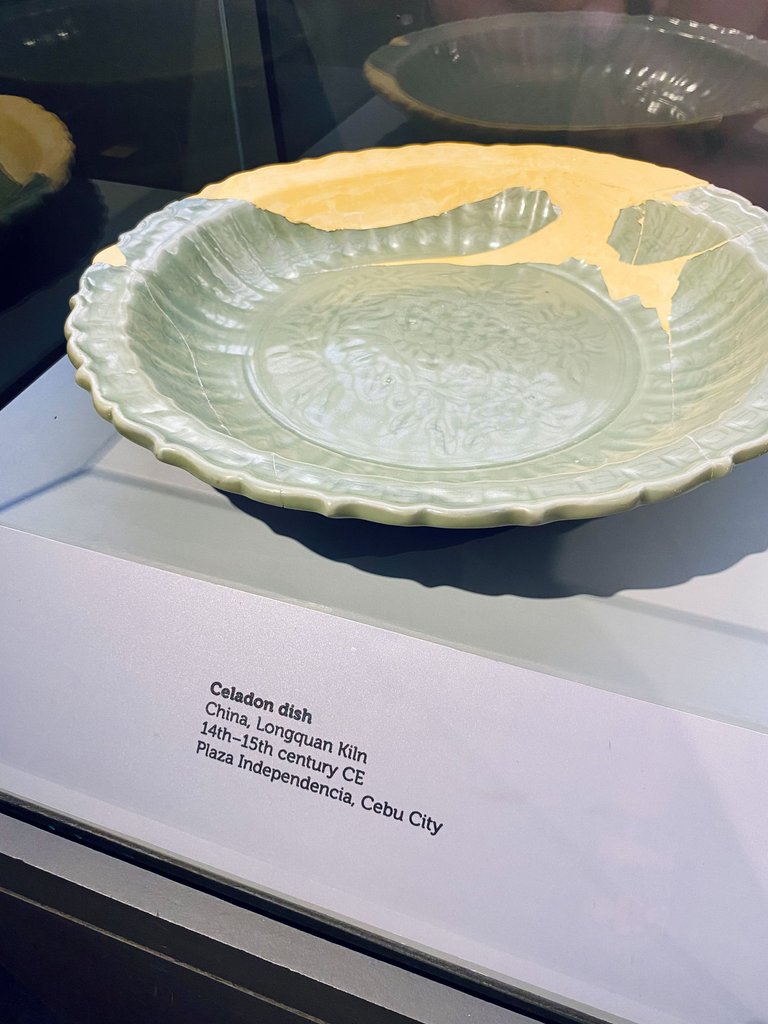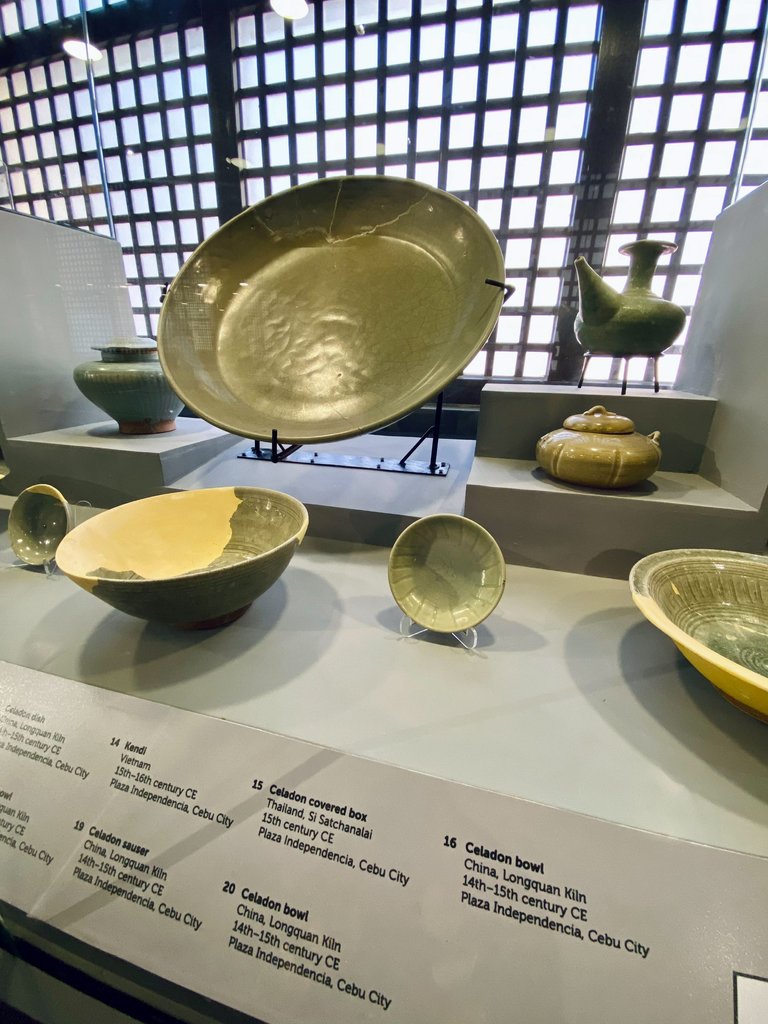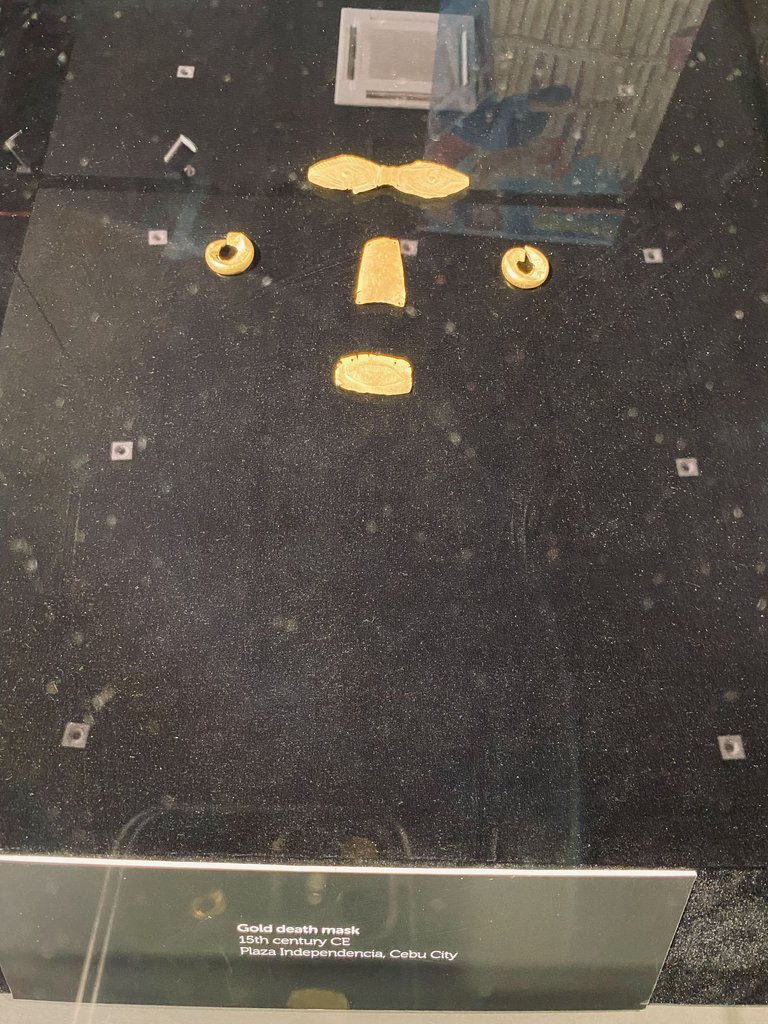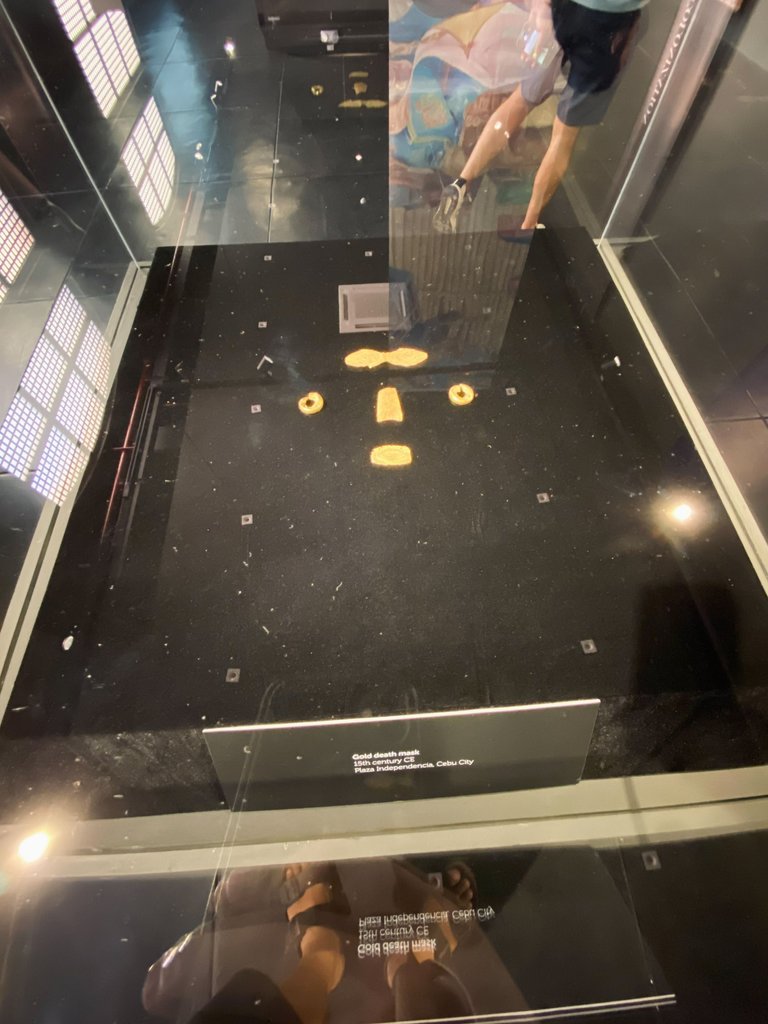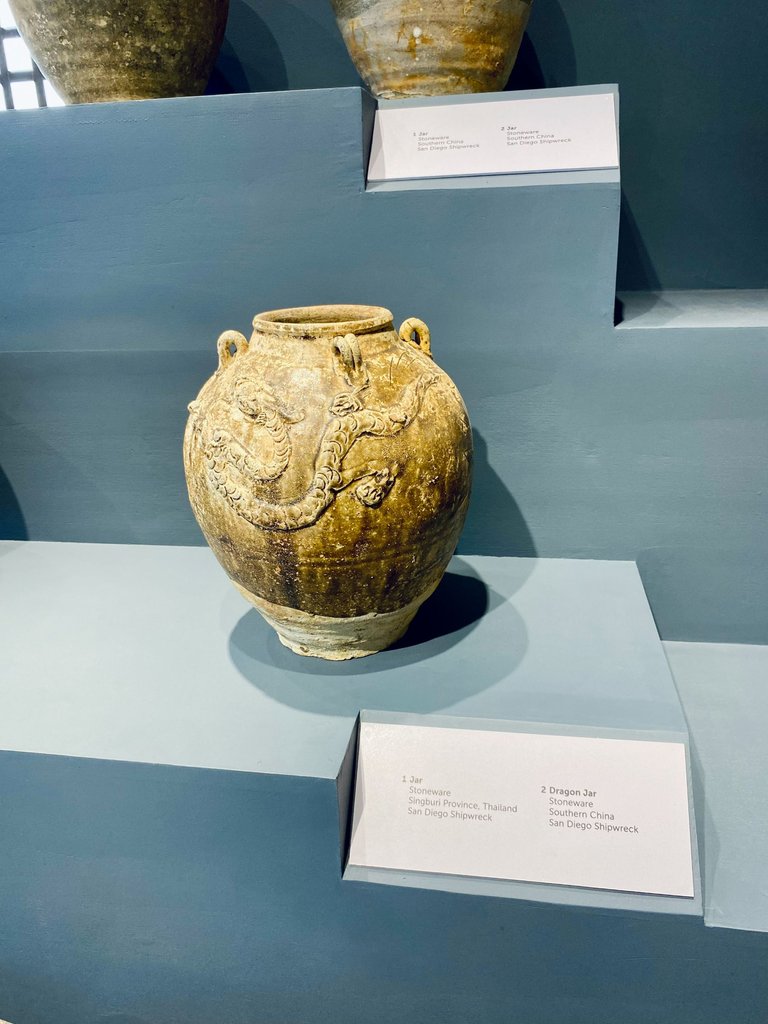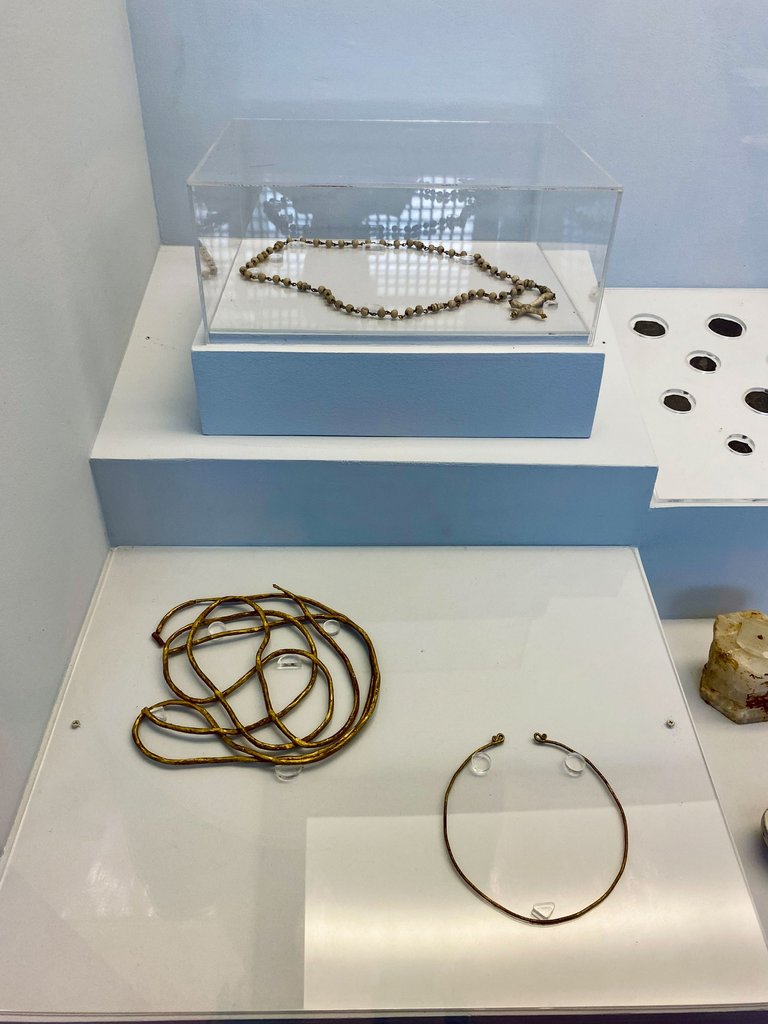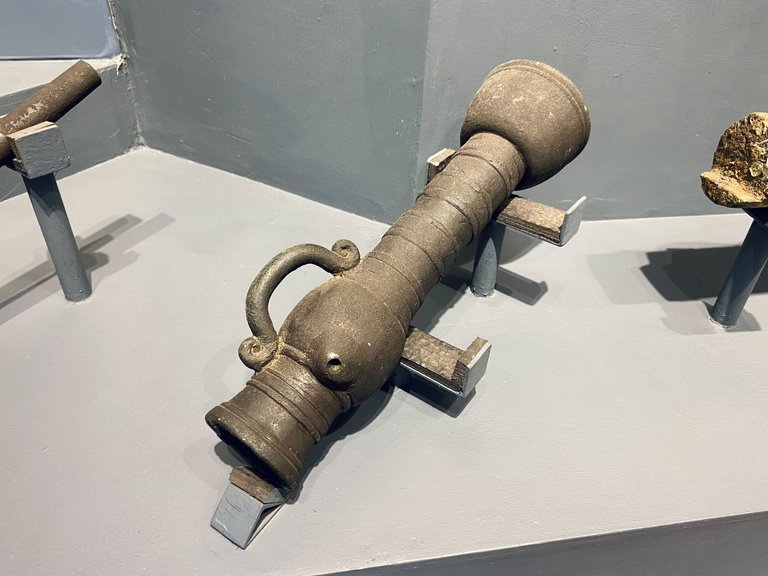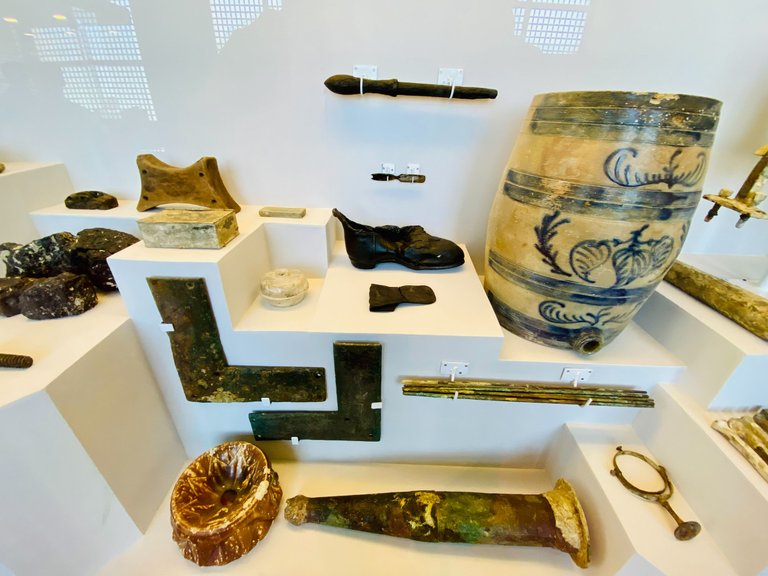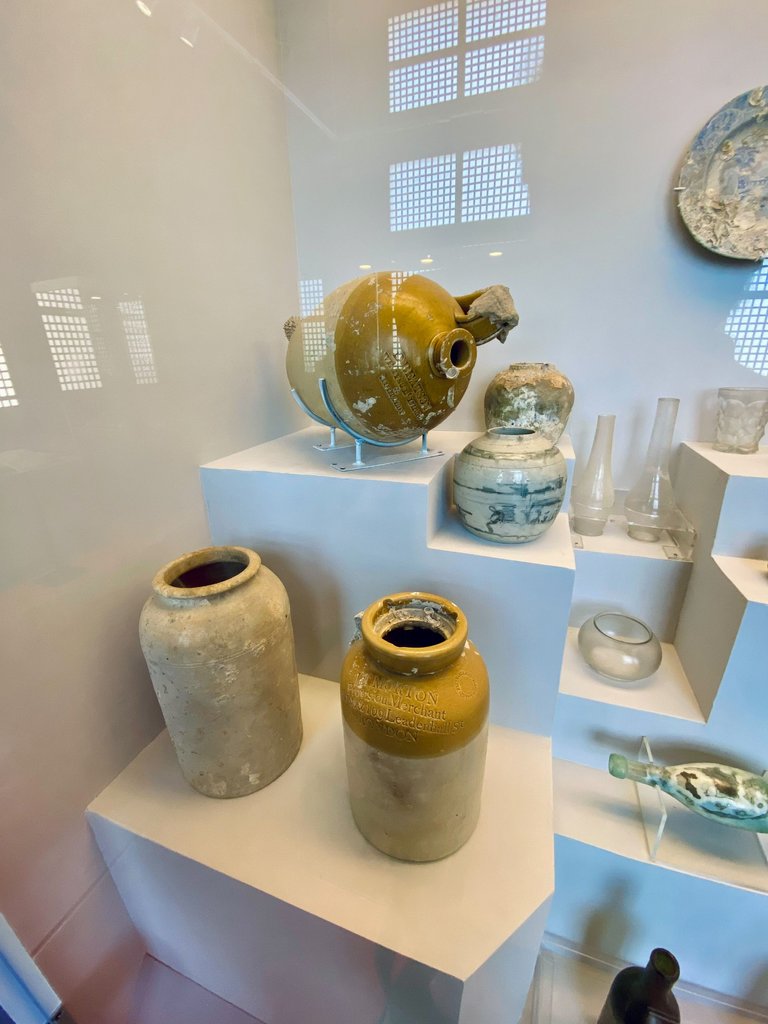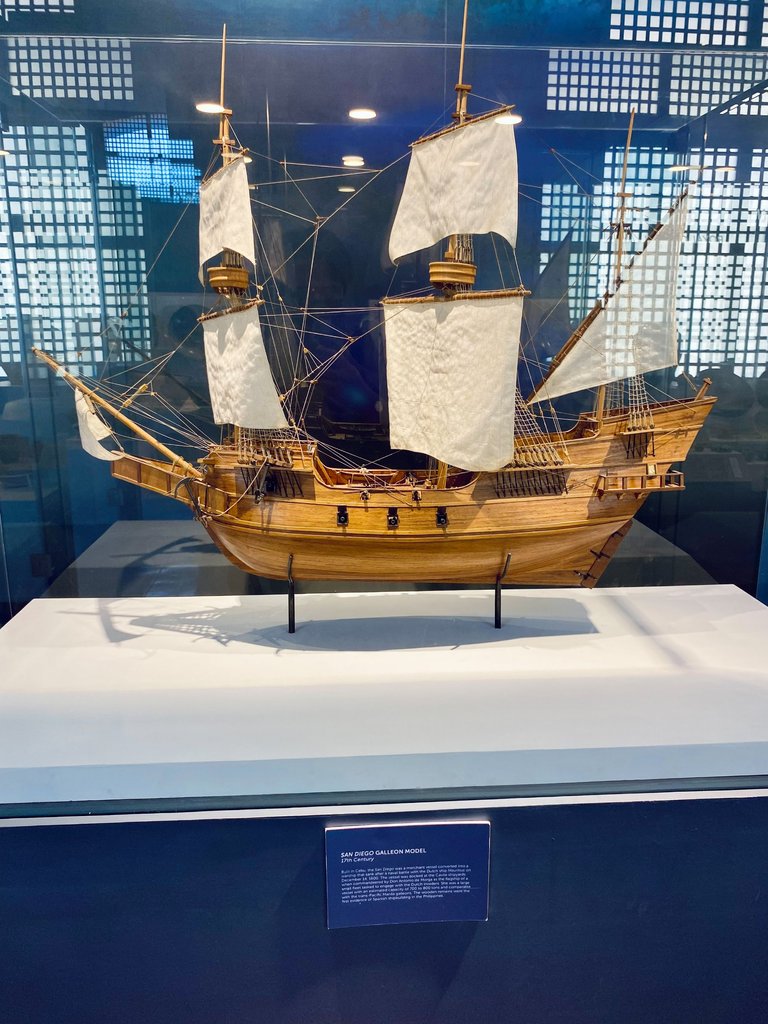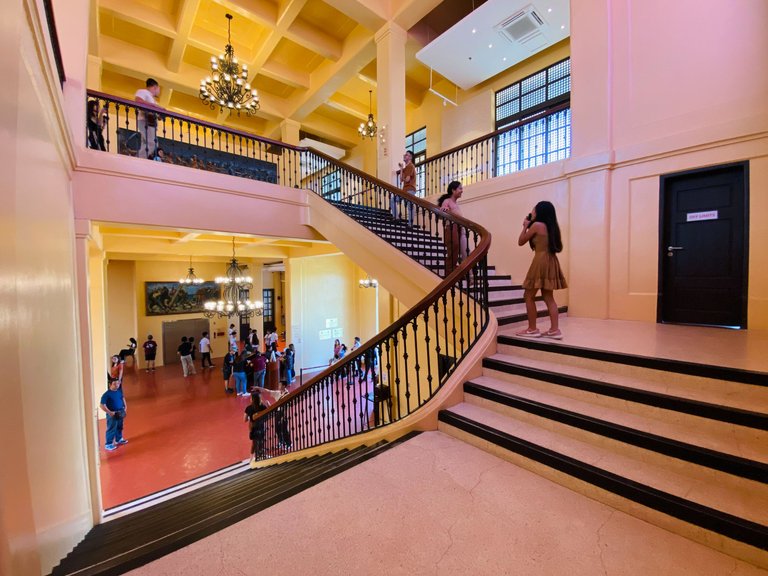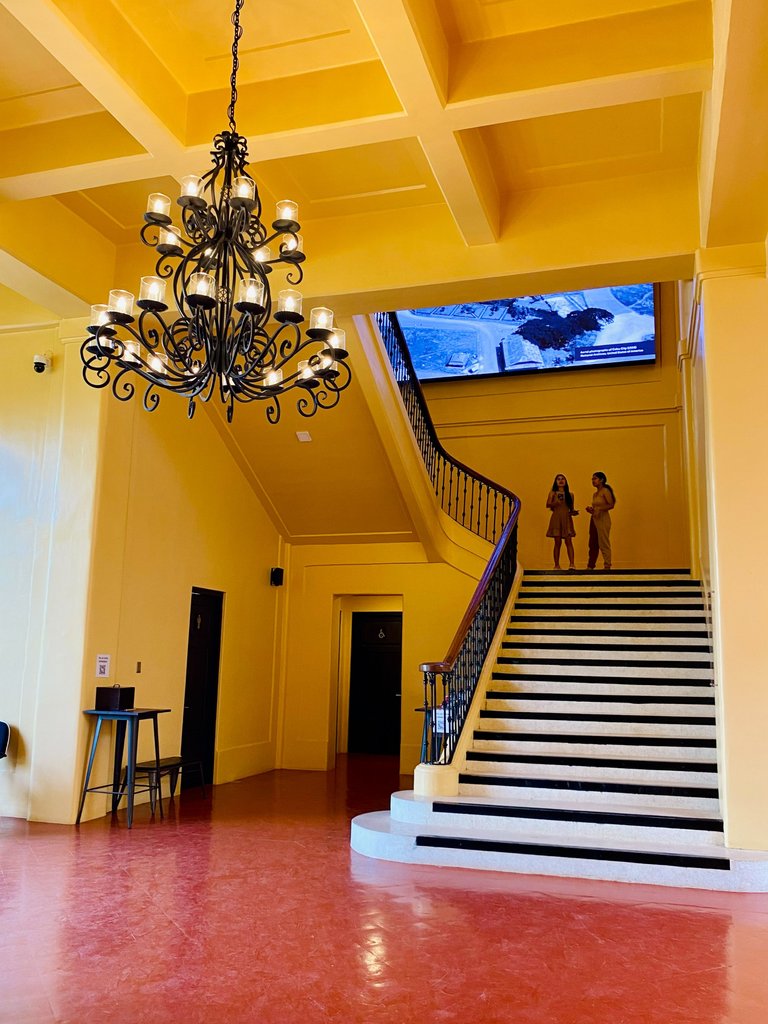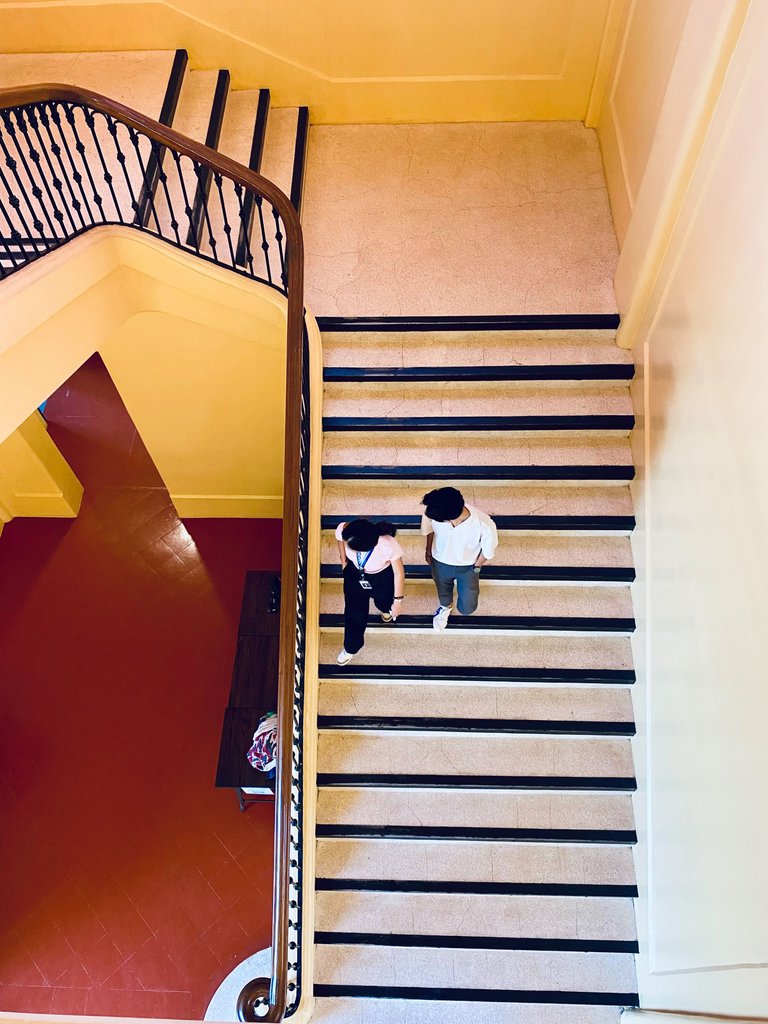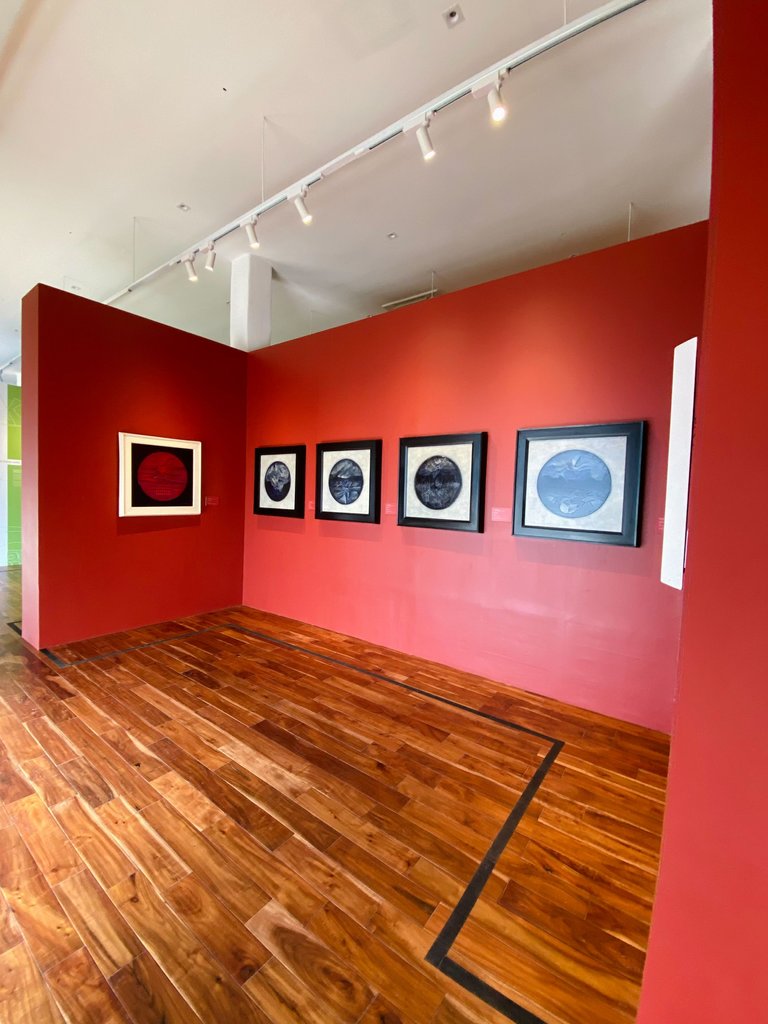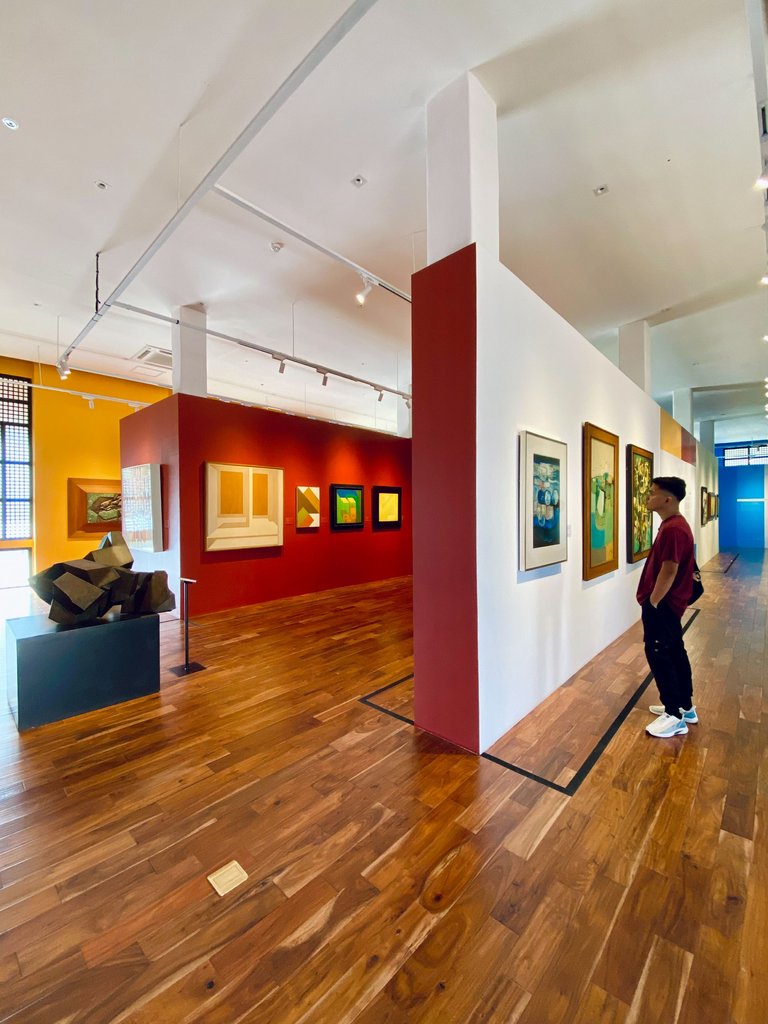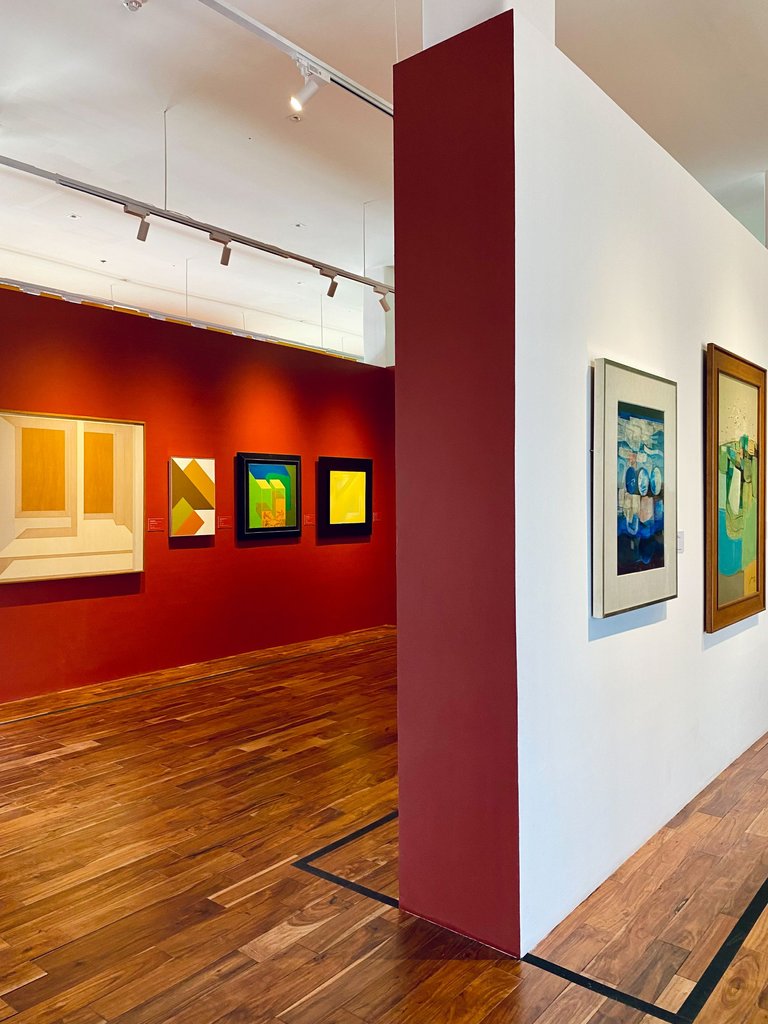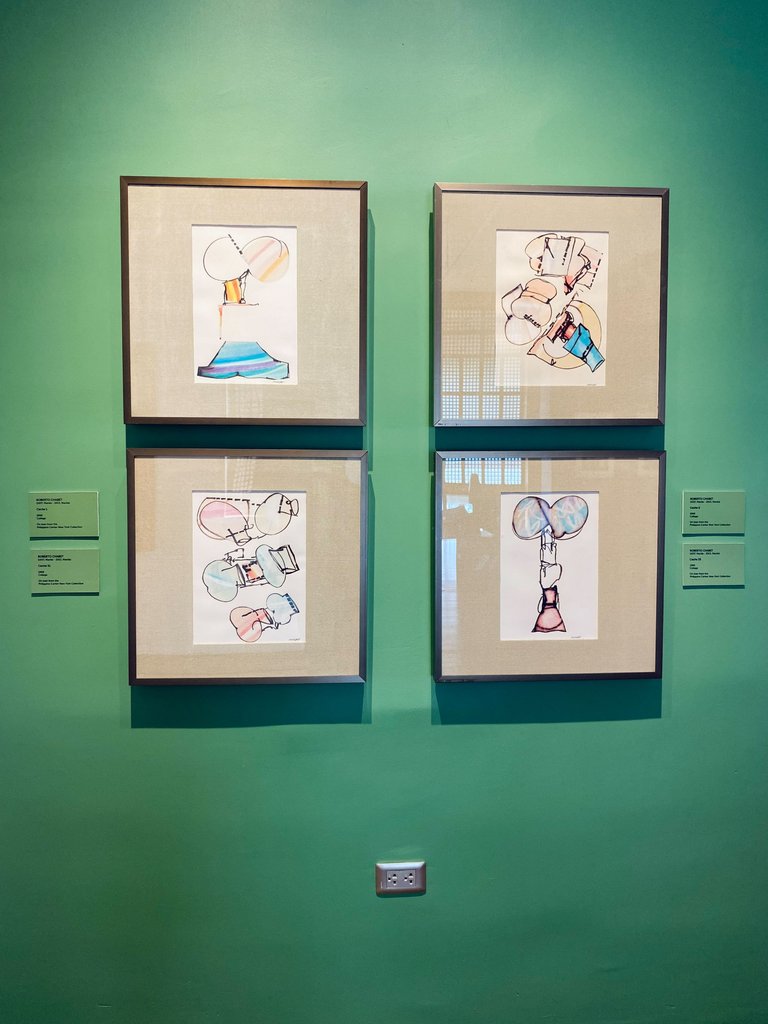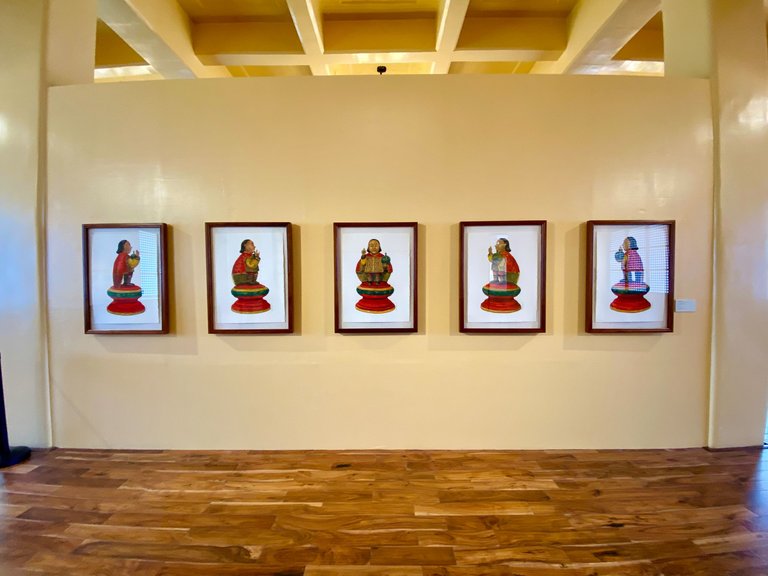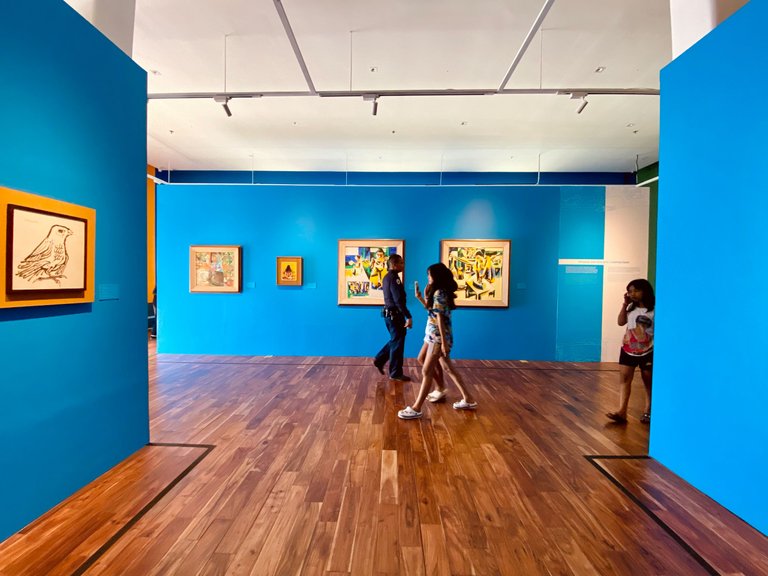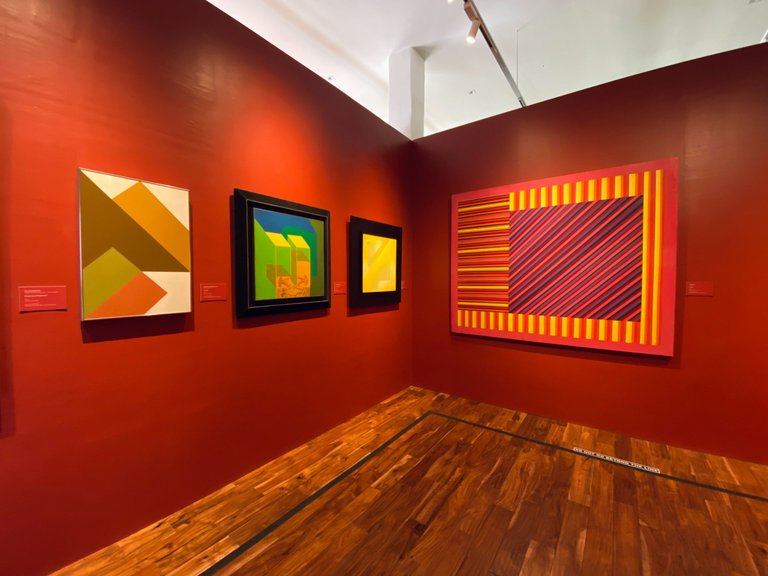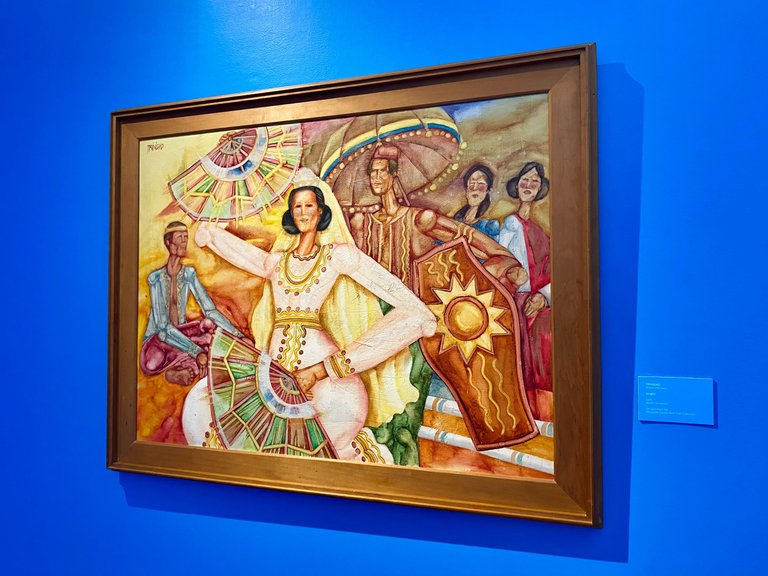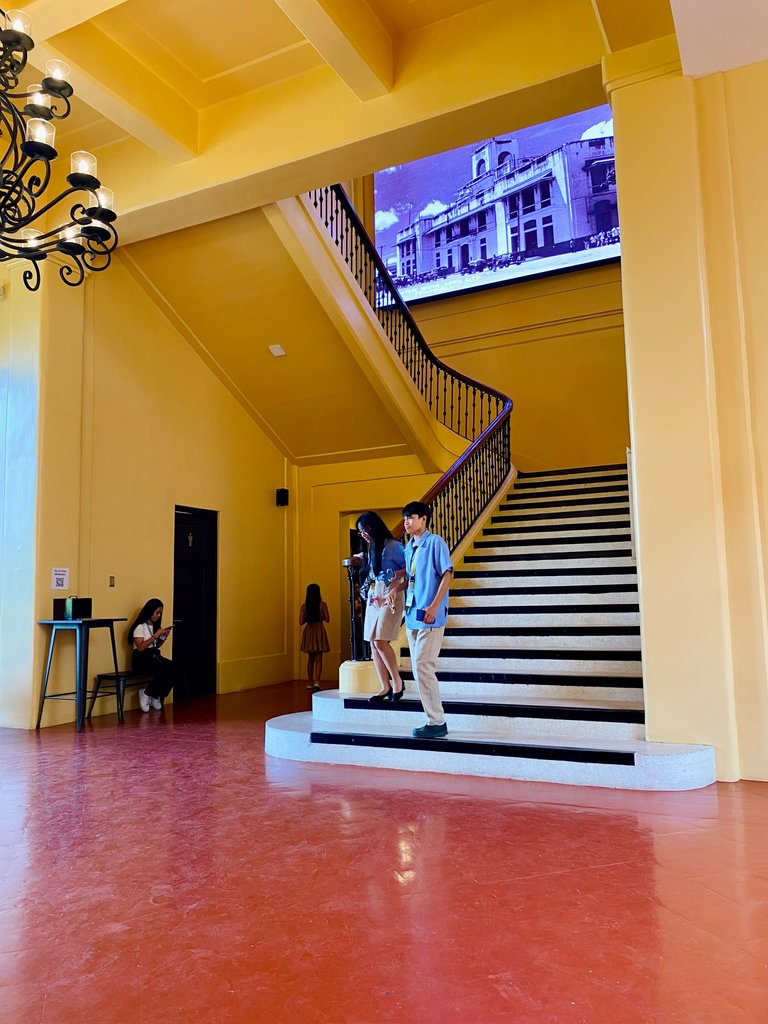Good day, Hivers! At last, my second attempt to visit the National Museum has been successful.
I was about to visit it the other day, but the weather has been too hot for me to handle. After finishing my errands at a mall past noon, I finally pushed myself to the museum. Although it is way out of my commute going home, I decided to detour a little bit since it's too early to go home.
I stopped by at a 7-Eleven on the opposite side of Plaza Independencia because the sun was unforgiving. I decided to munch on a siopao and have a cold drink to relieve my thirst. I stayed there for 10 minutes because it was also hot inside the store. Haha.
I crossed the opposite side of the road to get to the museum. By the way, the National Museum of the Philippines - Cebu is located inside Malacañang sa Sugbo. It was an American-era building originally built in 1910 to house the Bureau of Customs office near Plaza Independencia, where the Spanish-era constructed Fort San Pedro is also located.
There is no entrance fee to enter the museum, but there are rules that you have to follow. Upon entering the main entrance, the lady guard called my attention; she thought I was filming even though I was not. She asked me to delete it because it is prohibited. I showed her my phone to prove that I was not filming. Lol.
Upon entering, a staff member quickly oriented me about the dos and don'ts inside the museum. I was wearing a cap, so they told me to take it off while inside the premises, which I obliged. I also had a bag with a laptop inside, so they let me bring it inside, but I had to wear it in front just for precautionary measures to avoid accidentally bumping the displays with my bag.
I first entered through door number 1, and these dwarf buffalos greeted me. The Cebu Tamaraw (Bubalus cebuensis), which is now extinct, stood only 75 cm or about 2 ft 6 in, smaller than the Tamaraws of Mindoro (Bubalus mindorensis) that are still alive today.
I continued my stroll inside; you'll see various rocks on display from different towns in Cebu province.
|
|
|
|---|---|
|
|
|
On the aisle going to the Whale Shark (Rhincodon typus), I saw these displays of different flora and fauna, from different types of crabs to underwater creatures, which I am already familiar with, especially these large conch shells that my father often caught while fishing when I was a kid.
|
|
|
|
|---|---|---|
|
|
|
|
And here is Oslob's bread and butter, the Whale Shark. I am not sure, though, if this is from a dead whale or just a paper mache.
On the other side, there are more displays of birds, Pawikan (Hawksbill Sea Turtle), and a display of the map of the whole Visayas Region, displaying what rock the island is made up of.
|
|
|
|---|---|
|
|
|
I found out that Cebu Island consists of different rocks, but the main central Cebu is made of andesitic, which is a volcanic rock, to basaltic lava flows from ancient and recent eruptions. Wow!
On the other side of the door, there are displays on the wall of the Spanish-era maps of Cebu.
I entered another door and found large displays of artifacts unearthed within Cebu. Most artifacts here were dug just opposite Plaza Independencia, maybe from Chinese traders during the 14th-15th century CE.
|
|
|
|---|---|
|
|
|
|
|
|
|---|
Another display is the Gold death mask, which was also unearthed in Plaza Independencia. I saw it once on TV; I could not believe I saw it up close now. It is believed to have belonged to a person of status, maybe a rich Datu during the 15th century.
I entered another door that leads to more displays of artifacts, ranging from large pots, jars, ceramic plates, and some artillery collections from various shipwrecks in the Philippines.
|
|
|
|---|---|
|
|
|
I saw this model of the San Diego; I did not know that it was built in Cebu during the 17th century.
During high school, our teacher discussed this instrument for navigation. Although a replica, it's the closest thing to the real one.
I exited through a door and stumbled upon this souvenir shop. I did not realize that I had already circled the whole first floor, and now I was back at the entrance.
Going up to the second floor using the grand staircase, at the second level is where all the paintings from different artists in the Philippines are located.
But the first thing you will notice is the large painting of the Battle of Mactan between Lapu-lapu and the Spanish forces led by the Portuguese explorer Ferdinand Magellan.
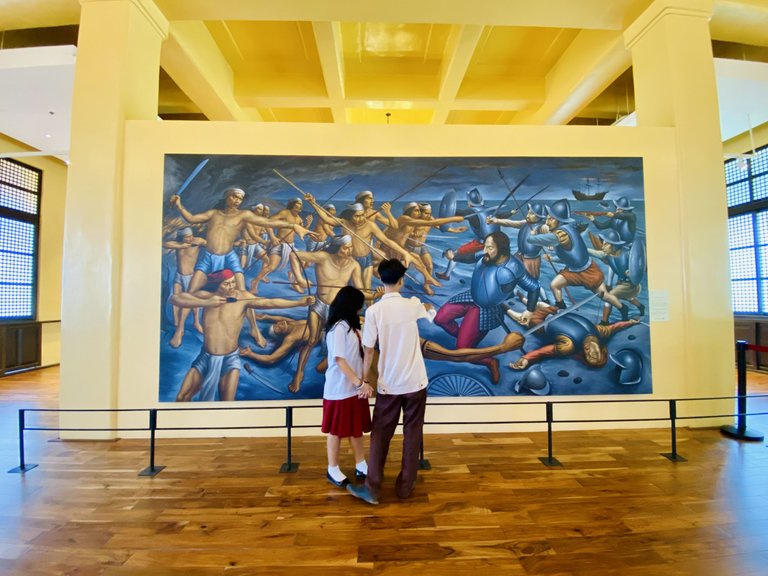
I explored the whole paintings section, but most of the paintings there are on loan from the Philippine Center New York, featuring the works of different Filipino artists.
|
|
|
|---|---|
|
|
|
|
|
|
|---|---|
|
|
|
I went back to the first floor and sat on a wooden chair for a little bit before going home. Good thing it's air-conditioned inside. Haha.
It is my first time going to a museum, if I recall correctly. Haha. There are local museums in Cebu, but I did not get the chance to visit one of them. It is nice that Cebu now has its own National Museum where students and tourists can enjoy learning about Cebu's past.

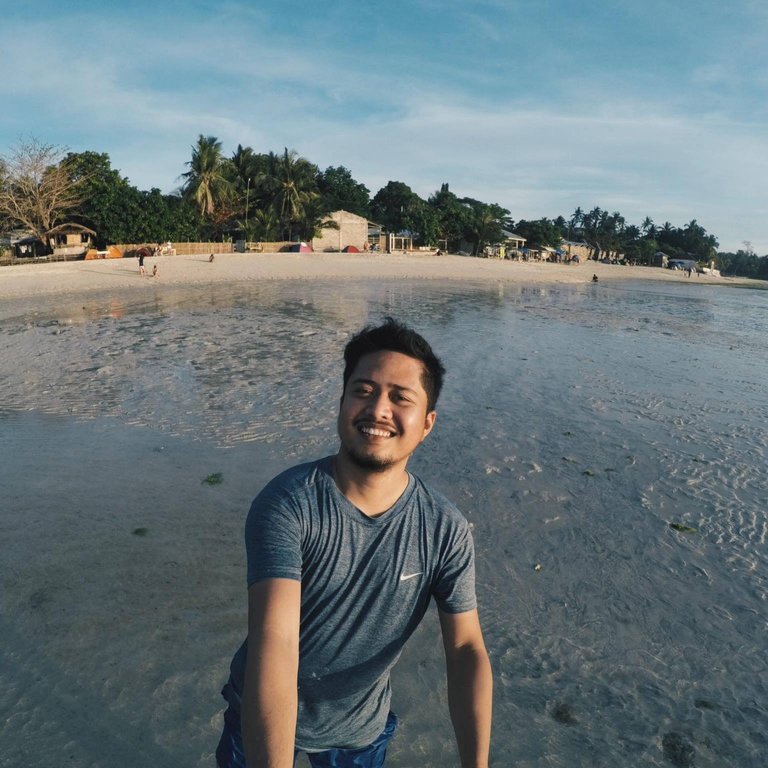
About the Author
Meet Kevin de Arca, a Data Analyst by profession and an adventurous wanderer at heart. With a passion for exploring new places and cultures, he uses traveling as a way of distressing and making unforgettable memories. He is always wondering where to wander next.✈️ 🏖 🌅

